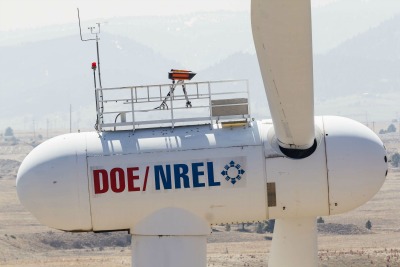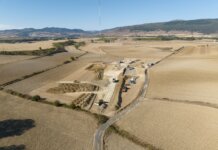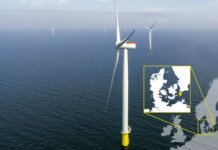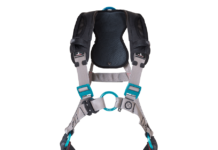Avent Lidar Technology says a field study has shown that the company's Wind Iris nacelle-mounted LIDAR is an effective diagnostic tool for identifying wind turbine yaw misalignment.
The research was conducted at the U.S. Department of Energy's (DOE) National Renewable Energy Laboratory (NREL) in collaboration with Avent and Renewable NRG Systems. Avent says the project focused on the optimization of turbine performance using forward-looking wind LIDAR measurements, as well as validated the energy increase after yaw misalignment correction using the Wind Iris as an external reference sensor. Based on the results, it is estimated that LIDAR-based yaw correction will increase annual energy production by 2.4% for a 7.5-degree static misalignment and standard reference wind speed distribution.

Andrew Scholbrock, field test engineer at NREL, explains, "Wind turbines traditionally rely on a wind vane mounted on the rear of the nacelle to measure the wind direction in order to control the yaw position of the turbine. Certain factors, like rotor-induced wakes, can lead the vane to measure the wind direction inaccurately.
"The principle focus of the project was to use a LIDAR to measure the wind direction ahead of the rotor and derive a correction function," Scholbrock continues. "The correction function was shown to reduce the yaw misalignment and improve power capture in below rated power wind speeds."
NREL served as the overall project coordinator, with the measurement campaign taking place at its National Wind Technology Center in Golden, Colo. The LIDAR was installed on the two-bladed Controls Advanced Research Turbine (CART2). The national lab, Avent and Renewable NRG Systems are set to begin a new collaboration phase to explore the use of LIDAR measurements to actively control the wind turbine through improved rotor collective pitch and yaw control.



